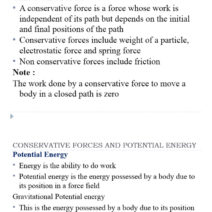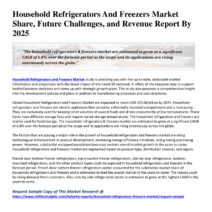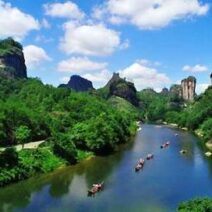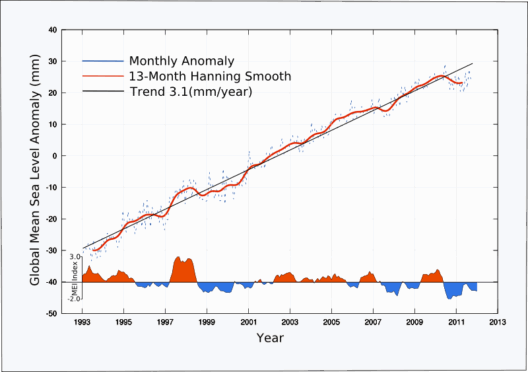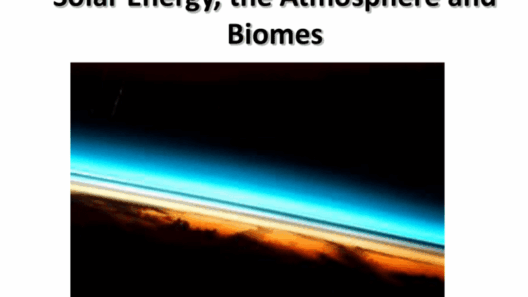Imagine a world devoid of the greenhouse effect, where the sun’s warmth cannot be retained and the temperatures plummet in its absence. In such a scenario, Earth would transform drastically, rendering it unrecognizable. The greenhouse effect, albeit often criticized, serves as a crucial buffer for life as we know it, maintaining a delicate thermal equilibrium. What might the consequences be if this natural phenomenon vanished overnight? The thought alone poses a playful—but imperative—question: how would our world fare without this atmospheric embrace?
To delve into this thought experiment, let’s embark on a fantastical journey through various facets of existence—from climate to biodiversity, from human civilization to the broader ecological networks we inhabit.
The Climatic Cataclysm: A Chilling Scenario
First and foremost, the most immediate and pervasive impact of the absence of the greenhouse effect would be the drastic alteration of Earth’s climate. Currently, vital greenhouse gases such as carbon dioxide and methane trap heat in the atmosphere, facilitating a relatively stable climate. Without this mechanism, incoming solar radiation would be swiftly lost to the void of space, leading to an insatiable cooling of the planetary surface.
The average temperature on Earth would plummet to a staggering -18 degrees Celsius (0 degrees Fahrenheit), making it an inhospitable ice-covered sphere. The polar regions would expand, swallowing up vast territories currently teeming with life. The familiar cacophony of chirping birds and buzzing insects would be silenced under layers of impenetrable ice.
How would civilizations adapt? It’s likely that crop cultivation would become an impossibility. Regions that now support agricultural bounty would turn barren, while winter would stretch mercilessly across the landscape, eradicating the growing seasons. Global food chains would unravel, leading to widespread famine and societal strife. Imagine the panic in urban community gardens now flourishing under the sun, all turned to frosty desolation.
A Frozen Biodiversity Crisis: The Collapse of Ecosystems
The ecological ramifications of a non-existent greenhouse effect would be profound and devastating. Biodiversity, characterized by a plethora of interdependent life forms, relies heavily on stable climates. Since ecosystems evolve over millennia, the sudden shift toward a frigid environment would induce mass extinction events reminiscent of historical cataclysms.
The delicate balance maintained by habitats such as rainforests, grasslands, and coral reefs would be irreparably disrupted. Both flora and fauna adapted to specific climatological conditions would struggle as their homes become icy wastelands. Tropical species would find themselves facing extinction as their environments become overly hostile, while polar species would be unable to migrate south in search of warmer conditions. A question that emerges is: could any lifeforms manage to adapt quick enough to survive in an unrecognizably hostile landscape?
Species that do manage to endure may resort to a desperate survival flicker, morphing into more resilient variants, but biodiversity as we celebrate it today would significantly diminish. The ripple effect would cascade through ecosystems as keystone species falter, leading to the collapse of predator-prey relationships and nutrient cycles. Could our future descendants identify what once thrived in lush forests and rich coral reefs, or would they only catch glimpses of a forgotten paradise?
Humanity’s Dilemma: Surviving in an Ice Age
If the greenhouse effect were to evaporate, humanity would face monumental challenges as we grapple with the stark realities of survival. Today, we are accustomed to comfortable living conditions facilitated by the very warmth provided by our atmosphere. With temperatures in frigid territory, the current means of energy production and consumption would be rendered obsolete.
Heating our homes, once a matter of turning up a thermostat, would morph into a dire battle for survival. Where solar panels thrive under a sunlit sky, darkened by an extended night, how would we innovate to harness dwindling energy sources? Imagine a society clinging desperately to the warmth of fires, scavenging for resources and struggling to maintain a semblance of order. Without the options we take for granted today, humanity would have to tread an uncharted path through potential chaos.
As global communication and cooperation become strained, nations may spiral into conflicts over dwindling resources. Would we witness a regression into tribalism, with alliances formed around scarce resources? The lessons learned from history around resource scarcity could be seen echoing across continents. Would society evolve together under the pressures of mass extinction, or would we allow desperation to fracture our bonds even further?
In Conclusion: Reflecting on Our Thermal Embrace
This imaginative exploration of a world without the greenhouse effect prompts us to reflect on our relationship with the environment. We are reminded of the thin threads that connect warmth, life, and sustenance. As we ponder an existence void of atmospheric protection, it becomes clear that while the greenhouse effect may bear vulnerabilities due to human-induced climate change, it remains a critical natural phenomenon that sustains life on Earth.
Thus, contemplating a world stripped of heat retention serves as a powerful reminder of the urgency to understand and preserve our planet’s delicate climate systems. The future of Earth and its inhabitants hangs in the balance, urging us towards a path of greater sustainability. How will we manage to shield our only home from the perils of a burgeoning climate crisis? The answer lies within our collective action—a challenge both daunting and essential.
